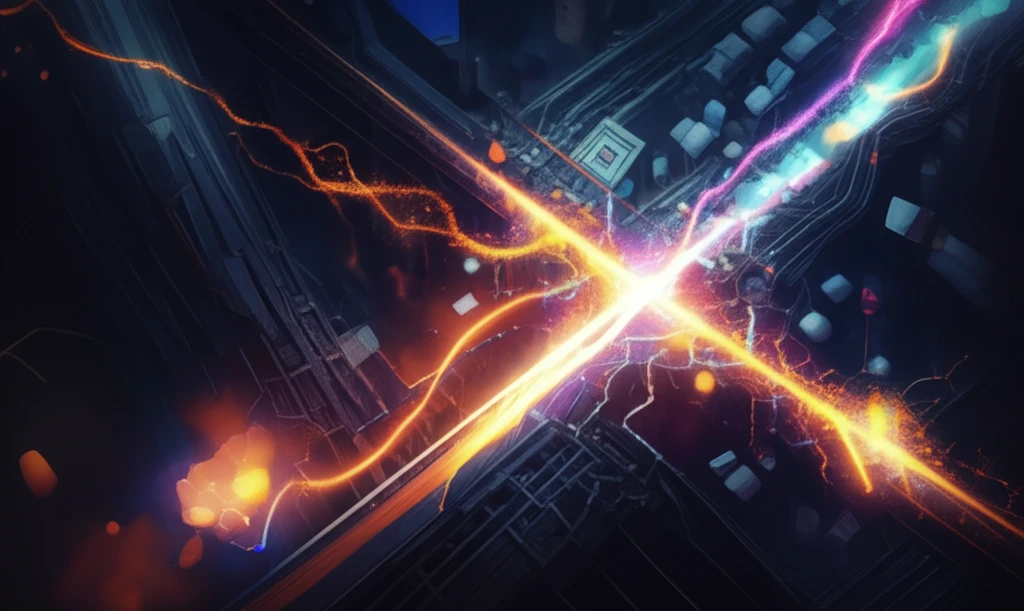
Unlocking the Universe: How Particle Physics is Rewriting the Rules of Reality
"Dive into the groundbreaking research exploring the nonlinear effects in gluon distribution at the LHC, and what it means for our understanding of the fundamental forces of nature."
The world of particle physics is a realm of constant discovery, where scientists relentlessly probe the tiniest constituents of matter and the forces that govern their interactions. At the forefront of this exploration is the Large Hadron Collider (LHC), a colossal machine that smashes particles together at unimaginable speeds, offering glimpses into the universe's deepest secrets.
One of the most intriguing areas of study at the LHC involves gluons, the fundamental particles that mediate the strong force, which binds quarks together to form protons and neutrons. Understanding the behavior of gluons, especially under extreme conditions, is crucial for refining our theoretical models and predicting the outcomes of high-energy collisions.
Recent research has focused on the nonlinear effects in gluon distribution, challenging existing models and pushing the boundaries of our understanding. This research, which incorporates advanced mathematical techniques and computational power, promises to reshape our view of the fundamental structure of matter and the forces that govern it.
The Nonlinear Frontier: Gluons Under Scrutiny

The study of gluon distribution within protons has traditionally been approached using linear models, which simplify the complex interactions between gluons. However, as experimental data from the LHC continues to accumulate, it's becoming increasingly clear that these linear models fall short of fully capturing the behavior of gluons, particularly at small-x, where x represents the momentum fraction of the gluon within the proton. In this region, the density of gluons becomes so high that nonlinear effects, such as gluon recombination, become significant.
- Incorporating a Regge-like behavior of gluon distribution to better model the initial conditions of the equation.
- Studying the Q² evolution of the gluon distribution function G(x, Q²) and its nonlinear effects at small-x.
- Comparing the theoretical predictions with experimental data from various collaborations at the LHC, including ABM12, CT14, MMHT14, PDF4LHC15, NNPDF3.0, and CJ15.
- Examining the sensitivity of the results to the Regge intercept λg and the correlation radius R, which characterizes the spatial extent of gluon interactions.
The Road Ahead: Unraveling the Mysteries of the Strong Force
While significant progress has been made in understanding the nonlinear effects in gluon distribution, many questions remain unanswered. Future research will focus on refining the theoretical models, incorporating additional data from the LHC, and exploring the connections between gluon distribution and other areas of particle physics, such as the search for dark matter and the study of quark-gluon plasma. By continuing to push the boundaries of our knowledge, physicists hope to unlock the remaining mysteries of the strong force and gain a deeper understanding of the universe's fundamental building blocks.
